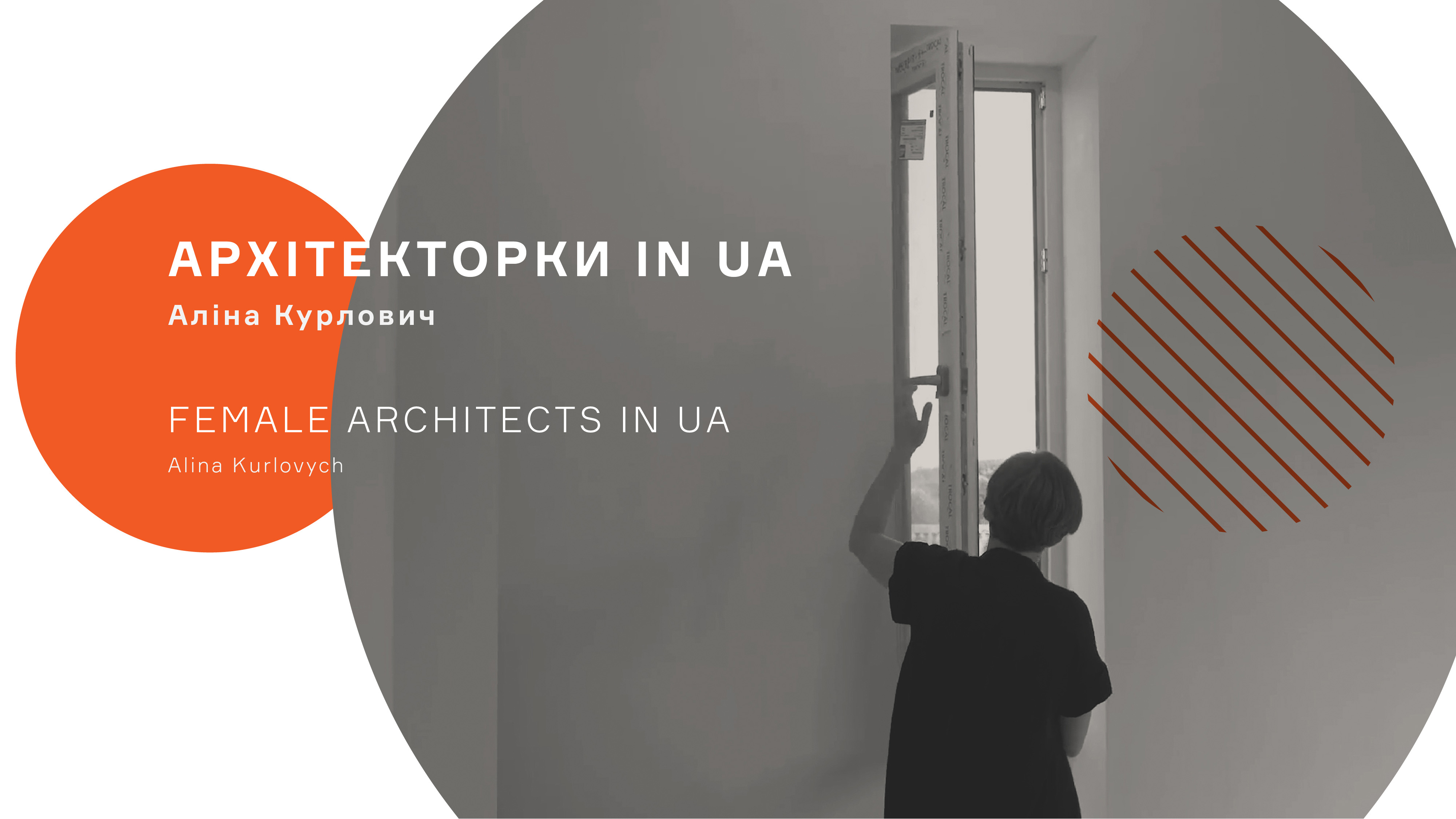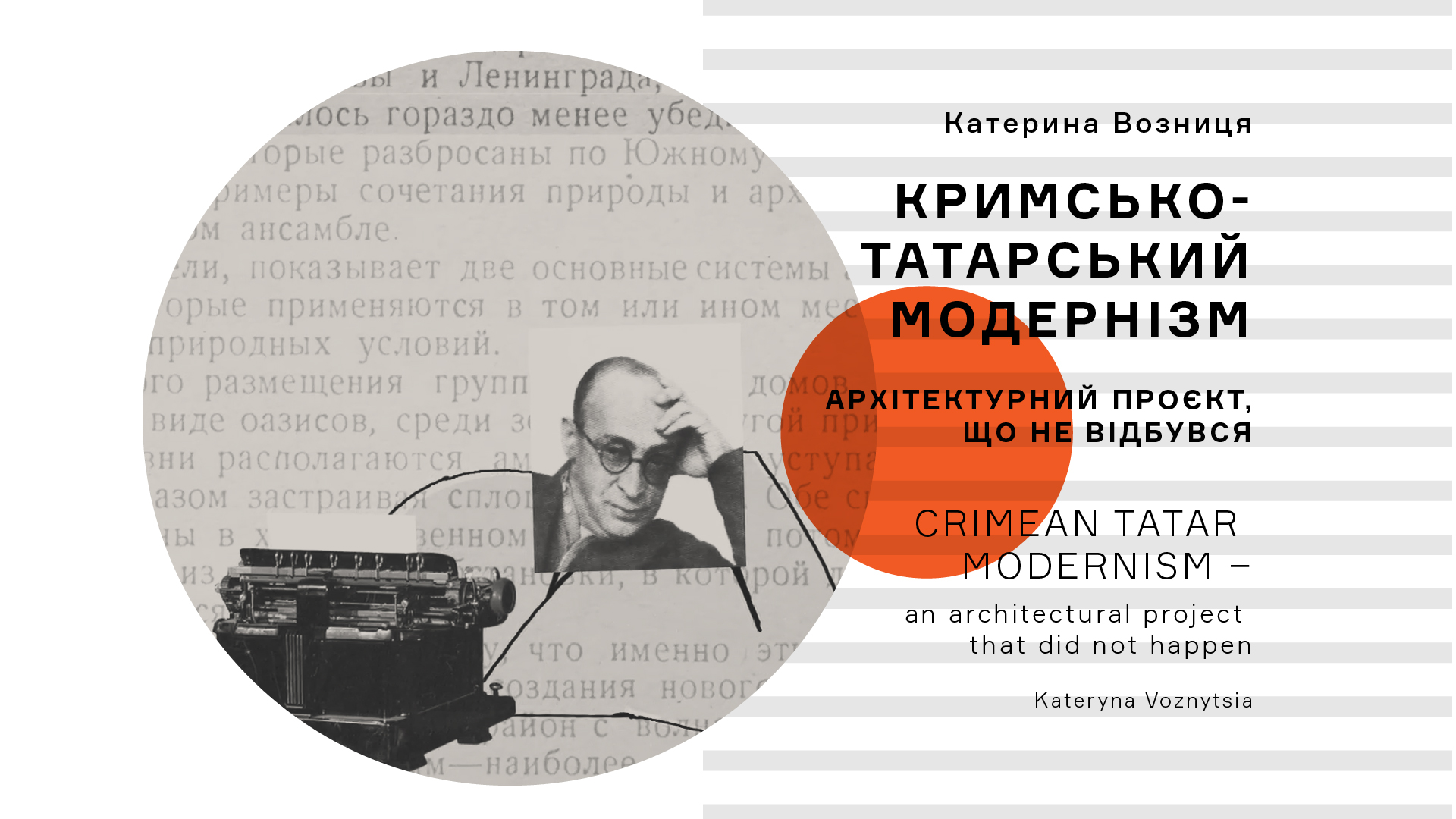"Atomograd" is a fairly young and somewhat informal term. Atomograds are town-planning formations erected at a nuclear power plant to house its employees. Such nuclear power plants satellite cities are often planned, i.e. built from scratch in new territories in accordance with a pre-designed plan and a comprehensive project. They not only demonstrate the nature of the relationship between society, government, industry, but also often have a special socio-economic structure of the population and the organization of living space. This is the concentration of relevant professionals, and the way of organizing their lives, and the logic of the technology of the architectural project. Thus, atomograds are a typology of cities that are part of the infrastructure to ensure the operation of nuclear power plants.
There are two types of atomograds: military and peaceful. The military were part of the military infrastructure, they were built at enterprises that manufactured nuclear weapons. Subordinate to the Ministry of Defense, such atomograds were closed – ZATO (closed administrative-territorial entities). In turn, peaceful atomograds were built at nuclear power plants, respectively, as part of the energy infrastructure. Subordinate to the civilian Ministry of Energy, they were open to visiting not only by Soviet citizens but also by foreign delegations and became demonstration cities.
In all Soviet atomograds, architects paid increased attention to the quality of urban infrastructure: green, engineering, social, cultural, pedestrian, transport, and even bicycle infrastructure. But in Slavutych, the criteria for the land improvement seem to have reached the maximum possible for Soviet urban planning.
It seems that Slavutych was developed as a resort or at least a kind of retribution for the people who were affected by the Chernobyl disaster and continued to work to eliminate its consequences. The authors of the city project paid attention to the integration of neighborhoods into the natural landscape: Slavutych was built basically in the middle of the forest. In addition, pedestrians and cyclists have a clear advantage in the transport system: there is no public transport, sidewalks are equipped with bike lanes that combine into one route. The network of squares, pedestrian streets and boulevards should stimulate citizens to communicate. Slavutych is deprived of the monotony usual for Soviet atomograds due to the variety of spatial-compositional and planning decisions. The city is full of artistic compositions and small architectural forms. And, most interestingly, it has no nuclear or communist symbols.
From today's point of view, a more detailed analysis of Slavutych's urban environment does not seem so ideal: the infrastructure is not always comfortable, experimental urban planning approaches are sometimes only formal, and some ideas that were never implemented in 1988 have lost relevance. For example, in practice, cycling infrastructure is not suitable for full-fledged regular use according to modern requirements. According to the architects, they designed that cycling infrastructure for the first time, without having any norms and standards, and even without fully understanding the process of using it. That is, assessing the ideal image of the city in 1986–1988, it is necessary to take into account the difference in perception of phenomena and concepts then and now. For Soviet architects and citizens, this project was on the edge of imagining. But the most amazing thing for modern Ukrainian architects is to realize that it remains the same now, despite the fact that more than 30 years have passed since its construction.
Today Slavutych is known in the world first of all thanks to the peculiar late Soviet architecture, in Ukraine – thanks to the international film and urban festival "86". For many years, Slavutych has sought to be an open city not only for official delegations and tourists, but also for urban and community initiatives. Unlike stereotypical industrial mono-cities, many of which faced insurmountable problems in the post-Soviet period, the entire network of socio-cultural infrastructure and public spaces of Slavutych continued to operate and is as open as possible for the city residents and interregional and international projects, ideas, experiments.
But infrastructure is first and foremost the communications and networks “behind” and “under” the buildings. And the most valuable connections that remain "behind" in any city, and even more so in a small community, are human connections, a network of people.

































